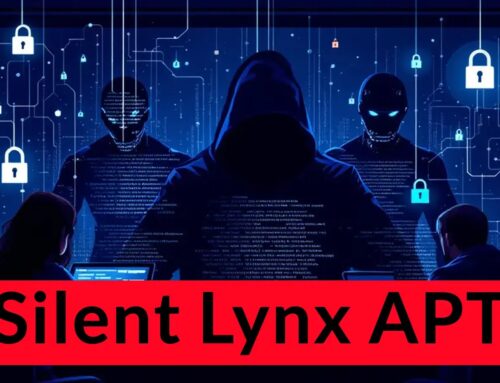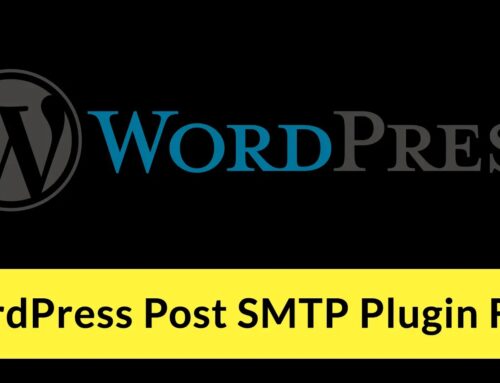
How ShinyHunters Breached Google, Adidas, Louis Vuitton and More in Ongoing Salesforce Attack Campaign
Unpacking the Salesforce Breach: How ShinyHunters and Scattered Spider Attacked Google, Adidas, and Louis Vuitton
The year 2025 has brought with it a stark reminder of the persistent and evolving threat landscape facing global enterprises. A sophisticated and ongoing attack campaign has successfully compromised an impressive roster of high-profile organizations, including tech titan Google, sportswear giant Adidas, luxury fashion house Louis Vuitton, and numerous others. This comprehensive technical analysis delves into the methodologies employed by the notorious cybercriminal collective ShinyHunters, reportedly in collaboration with the equally formidable Scattered Spider, demonstrating one of the most successful social engineering campaigns observed in recent memory.
The Anatomy of the Attack: A Social Engineering Masterpiece
At the core of this widespread compromise lies a meticulously executed social engineering strategy, leveraging the pervasive influence of the Salesforce platform. While specific Common Vulnerabilities and Exposures (CVEs) directly attributable to this campaign are still under investigation and not yet publicly assigned, the nature of the breach points towards several critical vulnerabilities in human and process security.
- Credential Theft via Phishing/Smishing: Initial vectors likely involved highly personalized and convincing phishing or smishing attacks, targeting employees with access to critical Salesforce instances. These attacks often mimic legitimate internal communications, password reset requests, or software updates, designed to trick users into divulging their credentials.
- Multi-Factor Authentication (MFA) Bypass: Given the targeted nature of these organizations, it is highly probable that ShinyHunters and Scattered Spider employed techniques to bypass or circumvent MFA mechanisms. This could involve SIM swapping, push notification bombing, or exploiting vulnerabilities in specific MFA implementations.
- Session Hijacking: Once initial credentials are obtained, threat actors often move to hijack active user sessions, bypassing the need for re-authentication and gaining direct access to the Salesforce environment.
- Rogue Application Integration: Threat actors might have leveraged compromised administrator accounts to integrate malicious applications or scripts within the Salesforce ecosystem, granting persistent access or facilitating data exfiltration.
- Insider Threat Collaboration (Speculative): While not confirmed, the precision and success of the campaign raise questions about potential insider involvement or coerced collaboration, enhancing the effectiveness of social engineering tactics.
Why Salesforce? Targeting the SaaS Backbone
Salesforce stands as a critical customer relationship management (CRM) platform for countless enterprises, housing a treasure trove of sensitive customer data, sales pipelines, and internal communications. Its pervasive integration across organizational departments makes it an exceptionally lucrative target for cybercriminals. A breach of Salesforce access can lead to:
- Sensitive Data Exfiltration: Customer databases, intellectual property, financial records, and employee information are all at risk.
- Business Disruption: Modification or corruption of critical business data can cripple operations.
- Reputational Damage: Breaches of this magnitude irrevocably harm brand trust and market standing.
- Supply Chain Attacks: Compromised Salesforce instances can be leveraged to launch further attacks against partners, suppliers, and customers.
Remediation Actions: Fortifying Your Salesforce Defenses
Organizations utilizing Salesforce must immediately bolster their security posture to mitigate the risks posed by sophisticated groups like ShinyHunters and Scattered Spider. Here are critical remediation actions:
- Enhanced Employee Training: Implement continuous, sophisticated security awareness training tailored to current social engineering tactics, focusing on phishing, smishing, and MFA fatigue. Emphasize the importance of reporting suspicious communications immediately.
- Robust MFA Implementation: Adopt strong, phishing-resistant MFA methods such as FIDO2/WebAuthn keys (e.g., YubiKey) or certificate-based authentication, moving beyond easily bypassed SMS or push notifications.
- Principle of Least Privilege: Regularly review and enforce the principle of least privilege for all Salesforce users and integrated applications. Limit administrative access and review elevated permissions.
- Salesforce Security Health Check and Auditing: Utilize Salesforce’s native Security Health Check feature to identify and address configuration weaknesses. Conduct regular, thorough audits of user activity, login histories, and application integrations for anomalous behavior.
- Third-Party Application Vetting: Rigorously vet and constantly monitor all third-party applications integrated with Salesforce. Restrict access for applications to only the necessary data and functionalities.
- Endpoint Detection and Response (EDR) & Extended Detection and Response (XDR): Deploy and operate advanced EDR/XDR solutions across all endpoints to detect and respond to initial compromise attempts and lateral movement.
- Incident Response Planning and Drills: Develop and regularly test a comprehensive incident response plan specifically for Salesforce breaches, ensuring rapid detection, containment, eradication, and recovery.
- Patch Management: Maintain a rigorous patch management program for all systems that interact with Salesforce, including browsers, operating systems, and client-side applications.
Detection and Mitigation Tools
Leveraging the right tools is crucial for identifying and mitigating social engineering attacks targeting cloud platforms like Salesforce.
| Tool Name | Purpose | Link |
|---|---|---|
| Salesforce Shield | Platform encryption, event monitoring, and field audit trail. | https://www.salesforce.com/products/platform/shield/ |
| Security Information and Event Management (SIEM) Solutions | Aggregating and analyzing security logs from Salesforce and other systems for anomalous activity detection. | (e.g., Splunk, Microsoft Sentinel – vendor-specific) |
| Cloud Access Security Broker (CASB) | Monitoring and enforcing security policies for cloud application usage, including data loss prevention and threat protection. | (e.g., Symantec, Palo Alto Networks – vendor-specific) |
| Phishing Simulation Platforms | Training employees and identifying susceptibility to social engineering attacks. | (e.g., KnowBe4, Proofpoint – vendor-specific) |
| Multi-Factor Authentication (MFA) Solutions | Implementing strong, phishing-resistant MFA. | (e.g., Duo Security, Okta, YubiKey – vendor-specific) |
Looking Ahead: The Evolving Threat Landscape
The breaches orchestrated by ShinyHunters and Scattered Spider against Google, Adidas, Louis Vuitton, and others underscore a critical shift in cybercriminal methodologies. While technical exploits remain a concern, the human element continues to be the most exploitable vulnerability. The sophistication of these social engineering campaigns necessitates a holistic security approach that prioritizes personnel training, robust identity and access management, and continuous monitoring of cloud environments. For organizations, it’s not just about protecting systems; it’s about safeguarding every interaction their employees have with the digital world, especially with platforms as integral as Salesforce.
Stay vigilant, stay secure. The battle for digital integrity is ongoing, and proactive defense is the only viable strategy.





